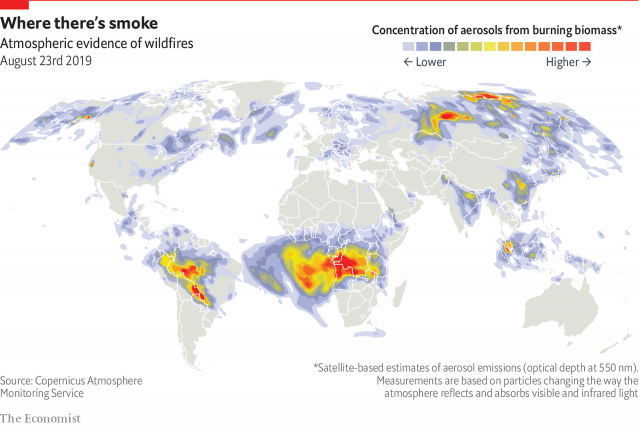My friend Vlad Tupikin just posted on his Facebook page this people-on-the-street video by Alexei Romanov about the continuing anti-regime protests in Khabarovsk, in Russia’s Far East. As Vlad wrote, watching this video will fill you with joy for the rest of the day. In the video, Romanov talks about his own overwhelmingly positive emotions as he joins the khabarovchane (residents of Khabarovsk) for a second day of spontaneous mass protests in the streets, as well as chatting with the protesters themselves. If you like what you see, consider donating money to Romanov’s PayPal account (ulgir2@gmail.com) in support of his YouTube channel.
Romanov had already posted this much longer video reportage about the first day of the protests (July 11, 2020), which have stunned all of Russia.
______________________________________
Finally, here is some interesting commentary and background on the protests from the indefatigable and endlessly invaluable Paul Goble, one of my genuine blogging heroes.
Protesters in Khabarovsk Now Talking about Independent Far Eastern Republic of the 1920s
Paul Goble
Windows on Eurasia (New Series)
July 14, 2020
Staunton, July 12 – Despite the absence of coverage in government-controlled media, the protests in Khabarovsk continue, and they are being supported by demonstrators in other cities across the country, a sign that the issues the residents of that city raise are not restricted to that region but are finding an echo elsewhere.
After yesterday’s unprecedentedly large meeting, Khabarovsk residents went back into the street today twice, once in the early afternoon and then again in the evening, with even more radical slogans because they have not received any response to their demands (sibreal.org/a/30722202.html).
People in other cities in the Russian Far East and even in European Russia joined them, although there have not yet been any protests in the capitals (capost.media/news/politika/rallies-and-marches-in-support-of-sergey-furgala-were-held-in-the-cities-of-russia/). But perhaps the most striking development today has been the radicalization of opinion in Khabarovsk.
In Vedomosti, commentator Aleksey Sakhnin said the situation in the Far East was becoming “revolutionary,” with protesters shouting “This is our kray!” “Moscow, Get Out!” and some about restoring the Far Eastern Republic which existed between 1920 and 1922 (vedomosti.ru/opinion/articles/2020/07/12/834416-dalnevostochnaya-revolyutsionnaya-situatsiya).
What began as protests against the removal of their governor, Khabarovsk residents have transformed into something more and attracted the attention of others across the Russian Far East (govoritmagadan.ru/protesty-v-habarovske-protiv-aresta-gubernatora-s-furgala-prodolzhajutsya-video/).
But by talking about a possible restoration of the Far Eastern Republic, they beyond doubt have attracted the attention or and possibly repressive actions by the Russian authorities in the capital who will see this not only as a violation of the law on the territorial integrity of the country but a threat to its existence.
That is especially true because it involves a predominantly ethnic Russian area and consequently Moscow can’t rely on Russian nationalism alone to provide support for any crackdown. Instead, if a crackdown does come, Russians will be divided; and that is something that people in the Kremlin are worried about as well.
(On the complicated and brief life of the Far Eastern Republic, which existed as a buffer state between the RSFSR and Japanese-backed groups further east, see Henry Kittredge, The Far Eastern Republic of Siberia (London, 1923), Canfield Smith, Vladivostok under Red and White Rule (Seattle, 1975), and Alan Wood, Russia’s Frozen Frontier (London, 2011) and Ivan Sablin, The Rise and Fall of Russia’s Far Eastern Republic (London, 2018).)
 Protesters on the streets of Khabarovsk on July 11, 2020. Courtesy of BBC News
Protesters on the streets of Khabarovsk on July 11, 2020. Courtesy of BBC News

 A satellite view of the forest fires in Siberia, July 21, 2019. Courtesy of
A satellite view of the forest fires in Siberia, July 21, 2019. Courtesy of 

